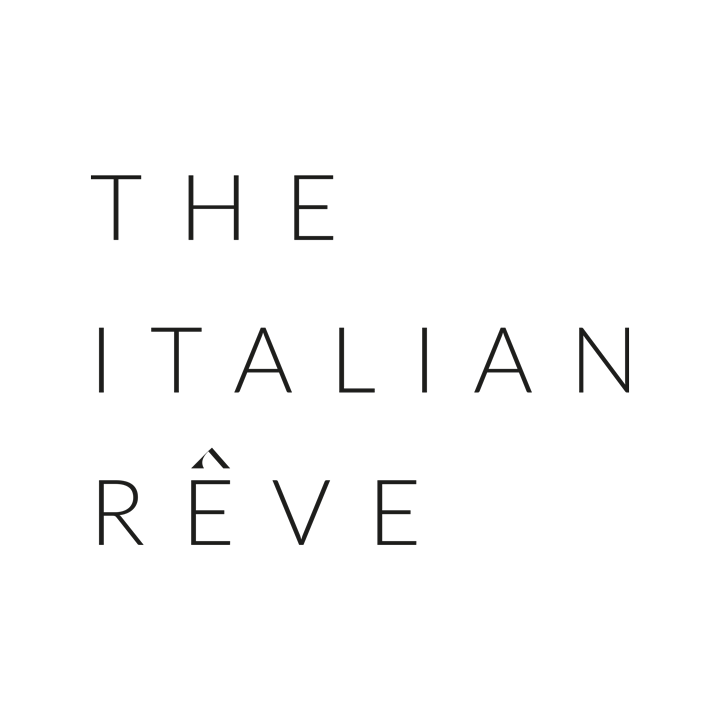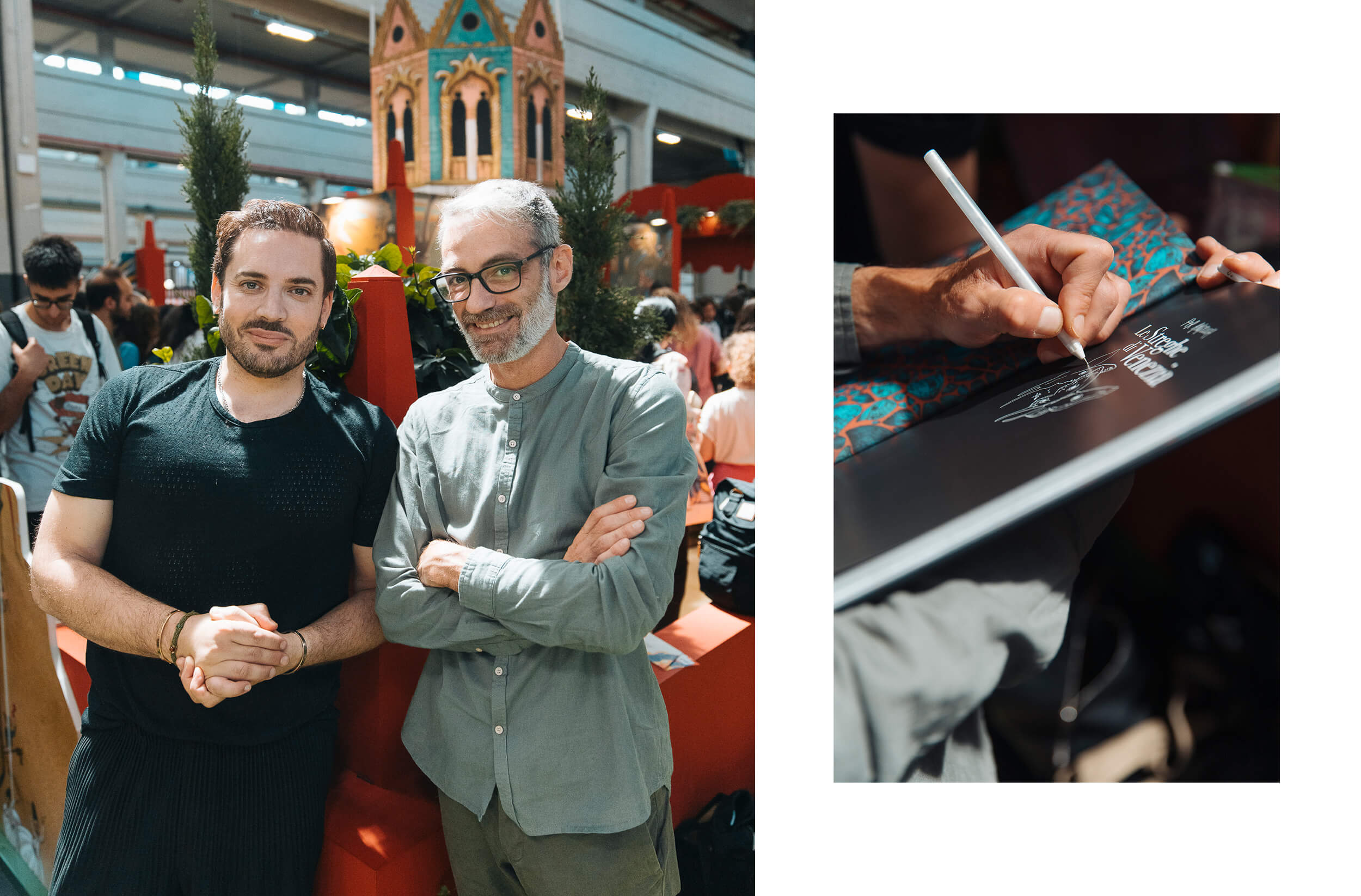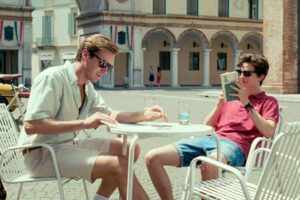When Benjamin Lacombe and Marco Mazzoni meet, the result is not a simple artistic collaboration, but a true fusion of worlds.
Two distinct aesthetic universes that, when they brush against each other, generate something that cannot be explained — it can only be experienced.
Their latest work, “The Witches of Venice“, is tangible proof of this alchemy. It is not a book to be merely read or viewed: it is a work to be entered and traversed. Words and images intertwine in a dark and delicate narrative, where magic, history, and social commentary coexist in perfect balance. Nothing is left to chance: every pencil stroke, every typographic choice, every poisonous plant whispers a hidden message. The two artists guide us on a journey that speaks of freedom, metamorphosis, and resistance, through the forgotten shadows of Italy, across female figures erased from history, and into islands steeped in mystery.
What unites the two artists, more than words, is a shared vision: one of art that doesn’t soothe, but pierces. That doesn’t comfort, but transforms.
Lacombe brings wonder, the marvel of the fantastic; Mazzoni brings depth, strong emotion as creative fuel. And yet, they always meet in the same place: an obsession with what remains invisible to the eyes, but not to the heart. Like every true enchantment, this one too is born from two hands that seek each other, give their all, and ultimately, recognize one another.
How was working on that book on a linguistic point of view?
B: We spoke in English, but I’m trying to learn Italian and he’s trying to learn French. And that’s funny, in both cases (laugh).
And how is it going so far?
B: Not really well, but the book is doing well (laugh).
I love the dark tones and inspirations behind Papillon Noir. Where did the inspiration came from and how was the process to bring this project to life?
B: The name of the collection has two significant origins. First, the butterfly is a recurring symbol in both my work and life, representing metamorphosis and transformation. The butterfly serves as the perfect embodiment of change and evolution. However, the black butterfly holds deeper meaning. It references a specific species of butterfly that was originally white and thrived among white-barked trees, where their coloration provided natural camouflage. Due to industrialization and pollution, these trees gradually darkened, and remarkably, the butterflies adapted by evolving darker coloration to maintain their protection from predators. This evolutionary response fascinated me because it demonstrates nature’s resilience while simultaneously highlighting pressing ecological concerns. So all these elements united in the logo of Papillon Noir.

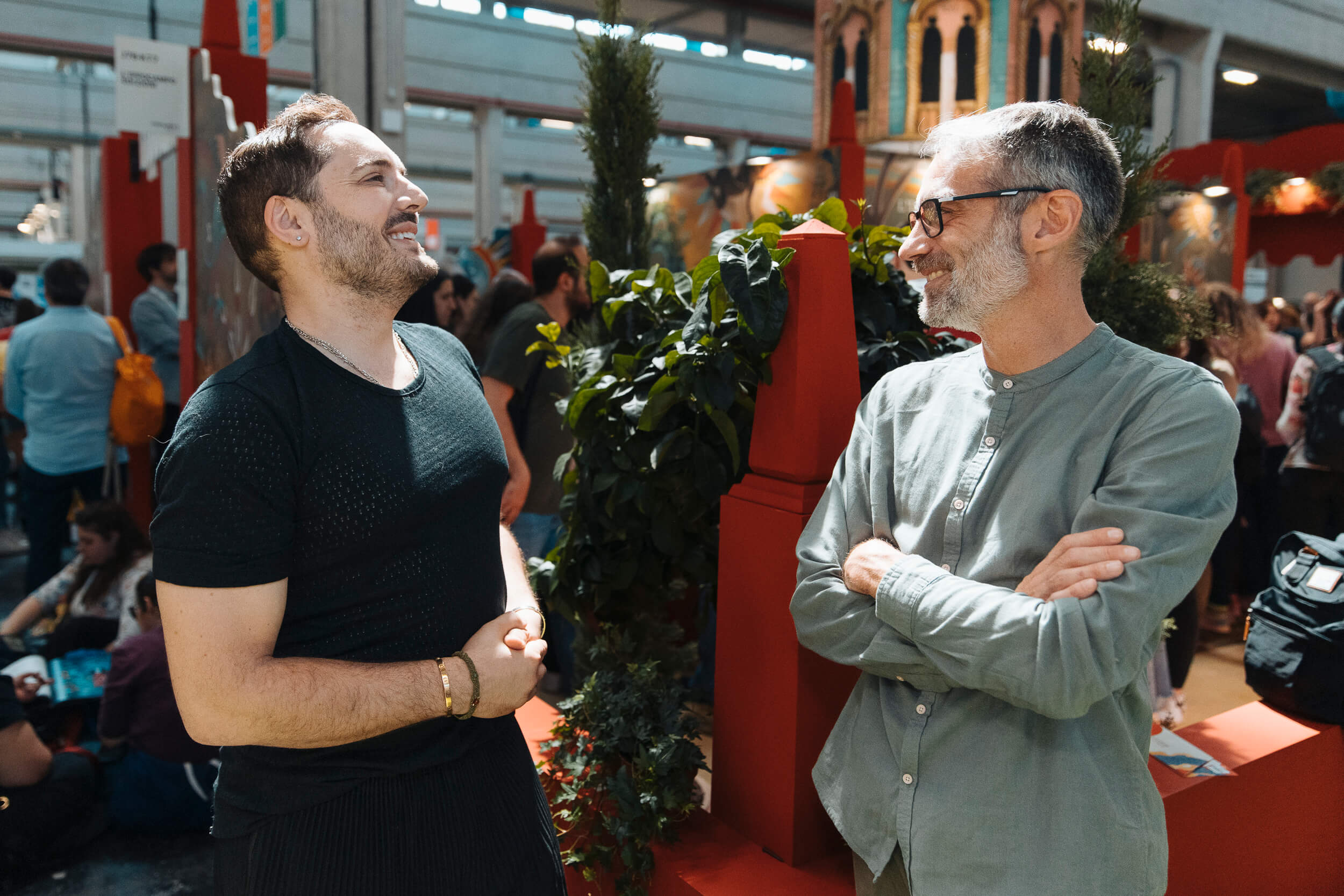
Speaking about “The Witches of Venice”, I loved how the pictures were a fundamental part of the story, both images and words were essentials to tell the same story even though in different ways. How did you organize the collaboration behind this book?
B: Sébastien Perez and Marco worked really closed, engaging in constant dialogue and exchange throughout the creative process. Together, they crafted a reading experience that becomes impossible to understand without both text and images. If you only read the texts, you understand nothing, if you only see the images, you understand nothing, but when both elements are experienced together, everything becomes clear and intense. Also, the book itself is an object that tells a story by using many paper types and shifting narrative techniques to enhance the reading experience.
M: What made our collaboration work so well was the fact that these are two elements that never move slavishly together, meaning the text wasn’t created for the image and the image wasn’t created for the text, but rather they formed an entire internal world. This also gave me complete freedom to imagine what existed around the text, and I think this is valuable because when someone reads a comic, for example, the drawing serves to accompany the story. Here, instead, it’s the total composition of a world.
I am from a city close to Venice and I’m actually really intrigued by the history of Poveglia and how there are many rumors, history and legends behind it and the fact that the island is actually forbidden to the public. How was diving into the story of this place and the phenomenon of whitchcraft in Italy?
M: All of my artistic work stems from Italy’s history: before the 1700s, it was an extremely matriarchal nation, then for various reasons there was a shift and it became a very patriarchal society. Previously, however, women held key roles, especially in small towns, serving as mayors, doctors, and psychologists, for example. This is an entire narrative that we have lost, because there are no stories about these things except in some folk tales. There was a major change in language, because previously these women were healers, and then they became witches, despite being the same figures. All of my work has always focused on this type of figure that is part of our roots. Poveglia, on the other hand, has a history that is not only mystical but actually haunted by ghosts. So mystery and the occult seemed like the ideal starting point for the entire situation. I included some typical mystical symbols within the book because I incorporated all the plants that healers used, like belladonna, to help women who were victims of domestic violence slowly poison their husbands. Therefore, I embedded this entire symbolic subtext of necessary revenge.
Would you describe the book as a modern faitytale? Sometimes, when we use the world fairytale, we think about something old or related to our childhood but the themes of this book are for anyone…
B: I didn’t conceive it as a fairytale. When you create an art object, you have what you want to put inside, and then the audience receives it and makes it their own. For me, it’s an adult narrative, a sort of graphic novel, meaning it cannot be read without the graphic component. For me, it’s more than a fairytale; it’s a sort of reflection of our time. What’s very interesting is the way it evokes problems without directly mentioning them. This is something we rely on with the Papillon Noir collection.
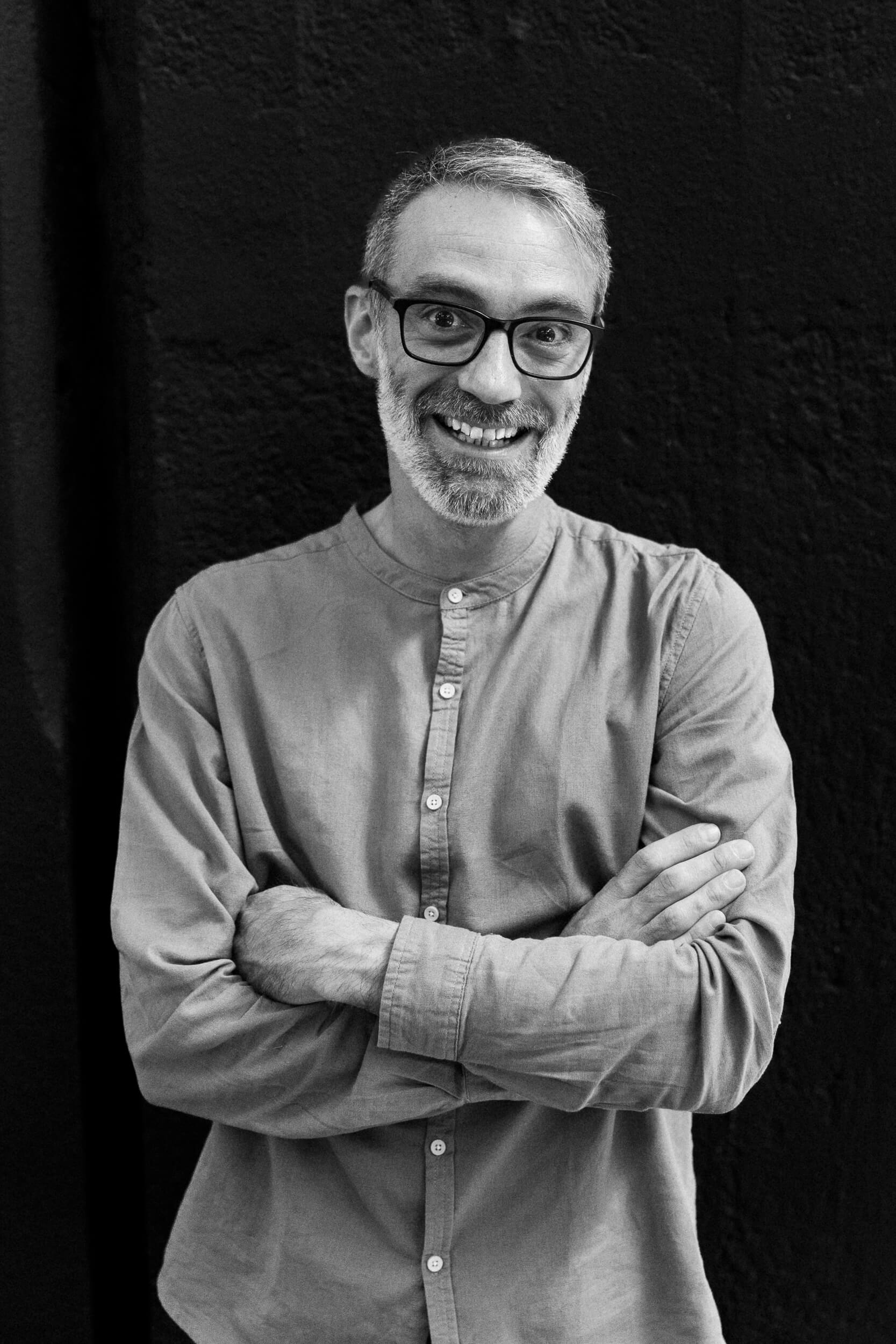
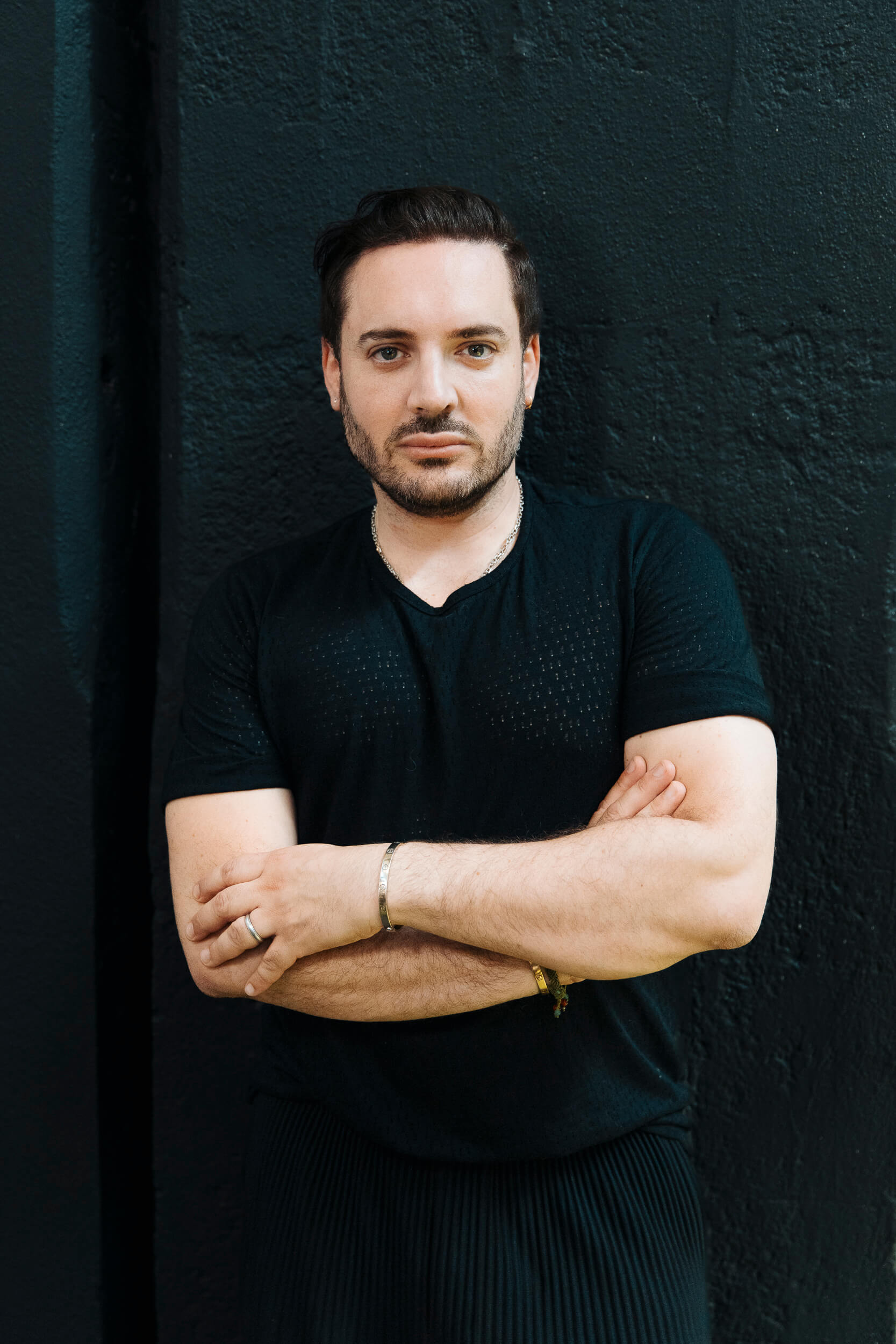
The story is about the past, present, and future (even though dystopic), combining realism and fantasy elements. What did the work behind this book teach to both of you about our reality and the need to escape from it, for example thanks to books and art?
M: Sébastien created a text where good and evil don’t exist, these are all reactions that can seem either negative or positive depending on the moment. In fact, depending on the timeline, people who seem bad become good, just as it happens in reality. Above all, I think that works always need a social message, whether it’s in the background or direct. Even in escapist works, there’s ultimately a social message, because that’s the catalyst the author needs to push further and create something more powerful. Pure escapism doesn’t exist, there must always be something that justifies the communication.
B: I do not agree (laughs). I experienced this extensively during COVID-19, because at the beginning of the pandemic, it was truly a moment when nobody knew what was happening, where we were going, or whether the people we loved were going to die. In that moment of uncertainty, my way of reacting was first to create. I had never written as much or created so many books as I did then, turning to fiction and escaping from reality. Having a moment to reflect on what was happening was essential. This is something that’s happening today with 24-hour news, you don’t have time to think. We are constantly stuck to reality without having a moment to reflect. I believe that fiction, art, and books, is a way to better appreciate reality and think about it, to dialogue with it. It’s a powerful way to understand the world. Many people think that culture is something non-essential, but what COVID-19 really showed us, with all the trauma we experienced, is how essential it truly is. This is what endures. What do we know from Paleolithic times? Art. What do we know about the Inca civilization, for example? Art.
There is a quote about freedom, how it was taken from the witch and how she always lived to try to live it. What’s freedom for you?
B: It’s an answer that constatly change. Every freedom should be complete because you cannot allow somebody to think in a certay way. You should have rules and staff to live together because we are a society, it’s impossibile to live completely free, but the freedom to speak, love, should be total. This is not negotiable.
Thinking about your work, I’m mesmerized by the feeling of wonder that you are always able to share through your art and stories. Is it difficult to always find that feeling of wonder, of “magic”, of unexpected? Or is it something that you always carry with you, no matter what?
B: There is wonder everywhere; you just need to learn how to see it. In our society, every day, you have glimpses of wonder, starting with nature. I was watching a documentary the other day about perfect shapes in nature and how they’re reproduced in almost every form, and how much Leonardo da Vinci understood this. It’s as if there is magic everywhere. I believe that the best way to make people truly feel your story is to use elements that are completely different from the reader’s experience, like fantastic elements.
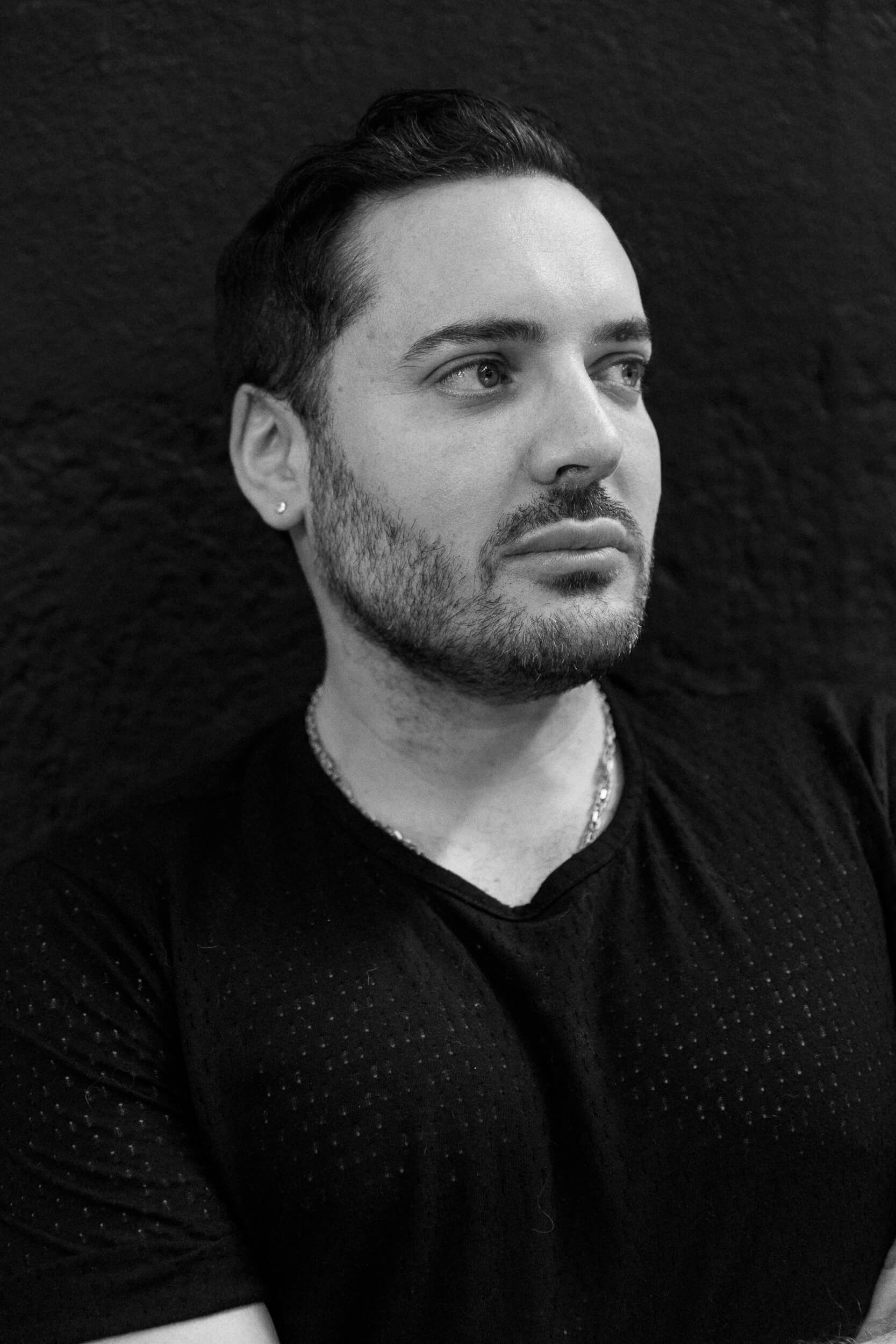
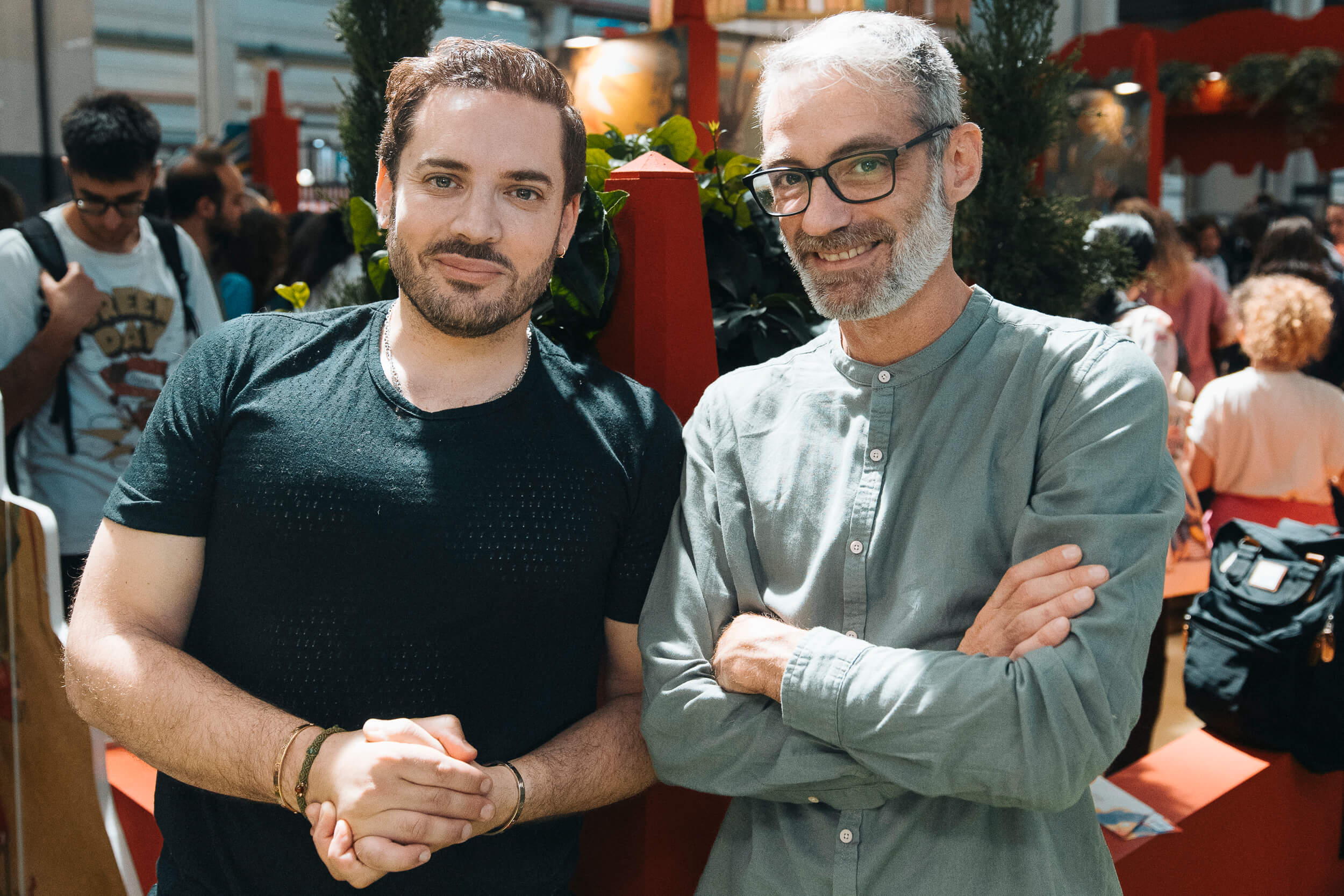
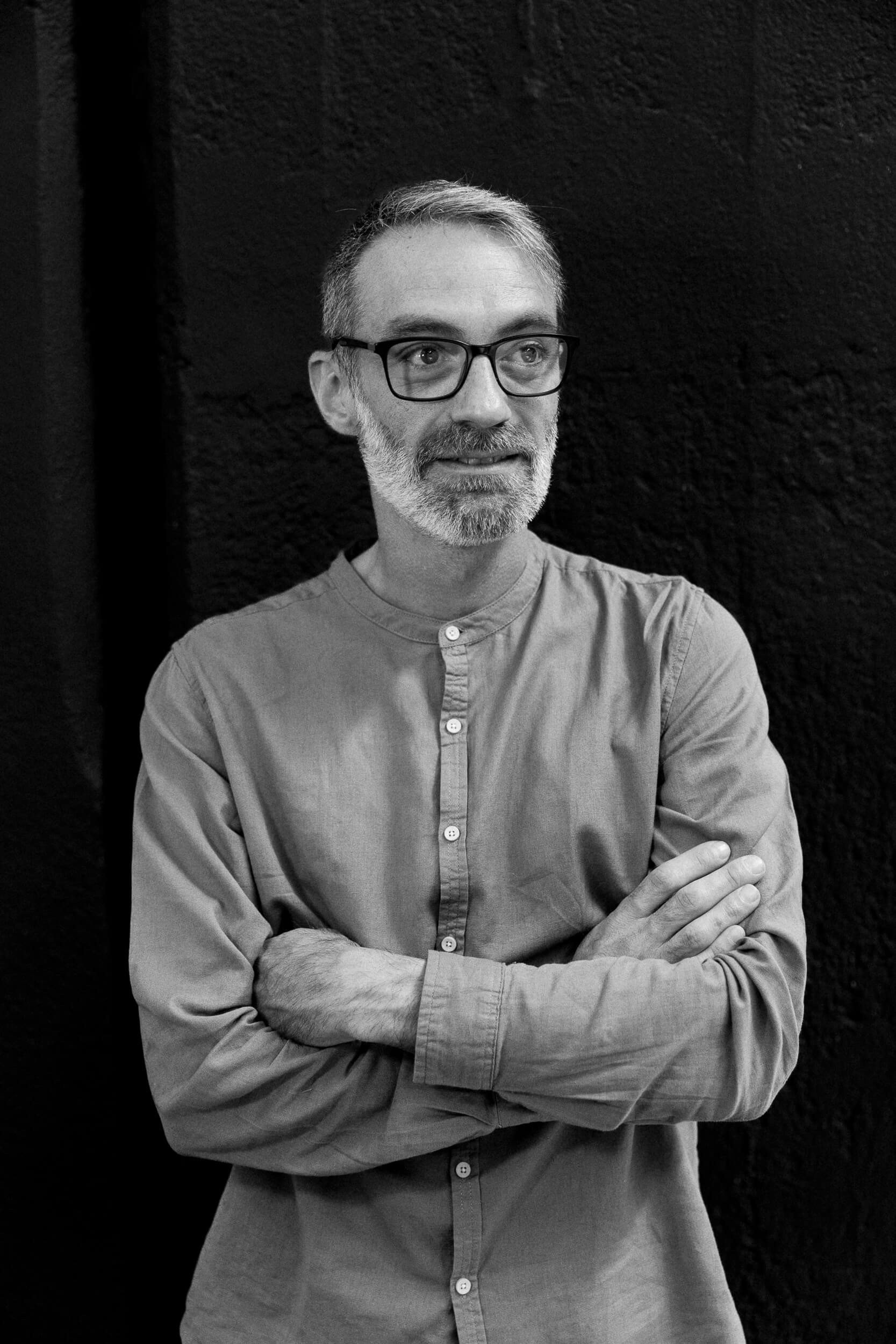
I’m thinking about the song from Alice In Wonderland, “In a world of my own” when I think of you. What’s your world made of?
B: I hope a lot of staff. It’s not a very mechanical world, it’s very organic (laugh).
Your illustrative style is unique, your subjects so dreamlike, and what fascinates me most is the technique, the exclusive use of colored pencils to create even the contrasts between points of light and shadow. When did you realize that, by picking up a pencil, you would be drawing your future?
M: When I started at the academy, I came from a small countryside town and didn’t have the money to buy paints, while pencils cost practically nothing. I used to commute by train back and forth and couldn’t carry canvases and brushes with me; so, I tried to recreate the same work that students were doing with oils and paints using pencils, which cost much less. I had big problems at the academy because of this, but gradually I discovered that people liked this technique more, and I refined it. It’s what allowed me to enter a world I couldn’t afford, and I would never abandon it.
The feminine element, sensuality, nature, and the dreamlike are recurring themes in your drawings. Do you still manage to find inspiration from the current world, or do you work more with fantasy and history?
M: I need to have an irritation, otherwise I don’t work, maybe it can even come from a throwaway comment at dinner. When I have a motivation of anger, I manage to work very well (laughs).
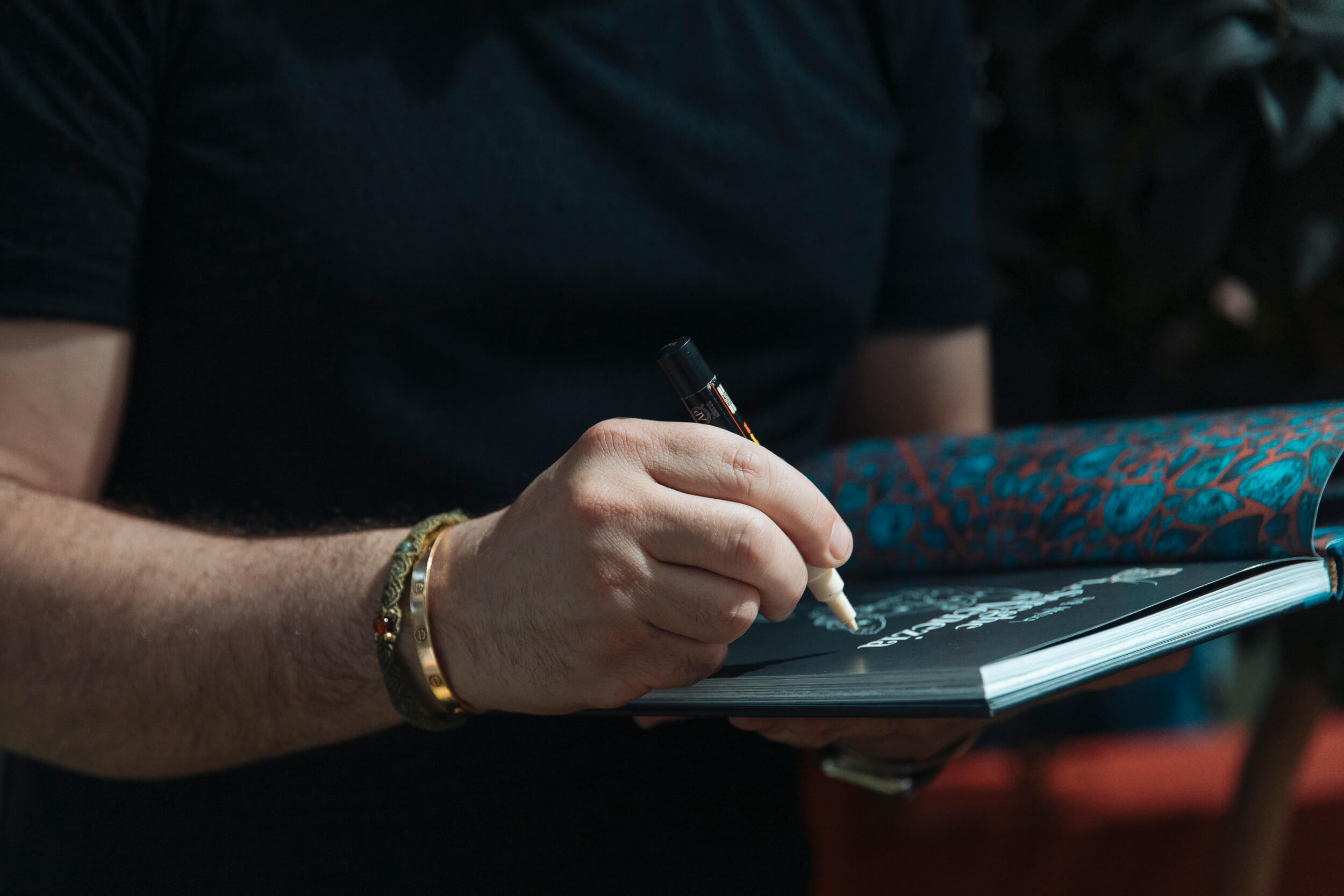
What is a subject, an image that you would use to describe yourself as a person and as an artist?
M: Benjamin, what’s a subject that represent me?
B: For me, he’s a labyrinth. When you work with Marco, you always have to find a way to inspire him so that he gives 100%. Because if it’s too easy, he’s like “We can do it later,” but if it’s something that nobody can do except him, he does it. This image of a labyrinth in a brain, that is Marco Mazzoni.
M: Am I happy? No. Is it true? Yes (laughs).
And what would Benjamin be?
M: I think he’s one of the few people who, if he says he wants something, he gets it. He’s someone to take inspiration from, if he tells you ‘I have this project,’ he actually does it. And at first, the project seems impossible, but then he makes it happen.
B: It’s true, and sometimes your ideas don’t work, but you have to do your best anyway. If you really try everything and it doesn’t work, it’s not a problem. But if you haven’t done your best, you’ll end up thinking: “What if I had done that…”.
M: When you work on the same project for a long time, there are moments when you let go a little. But he told me at the beginning: ‘Remember that your name is on this book, and it’ll still be there even in 10 years.’ And this idea, that you’re always expected to give your best, is a reflection of someone who pushes others to give their all, precisely because his own name is on it too.
Photos by Luca Ortolani
Thanks to Ippocampo Edizioni
